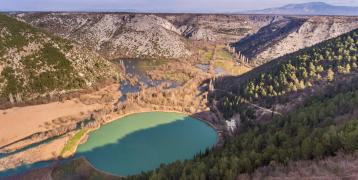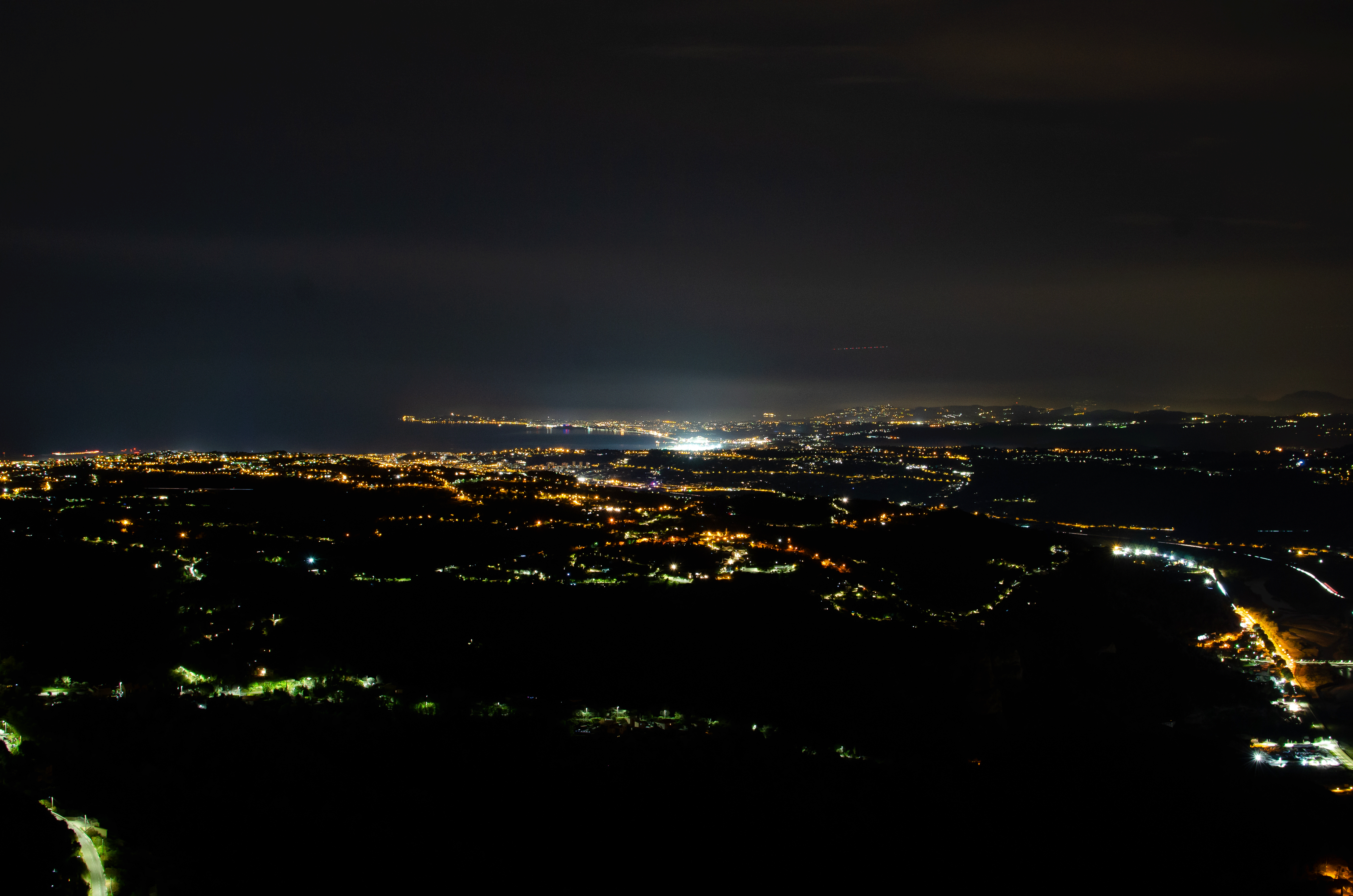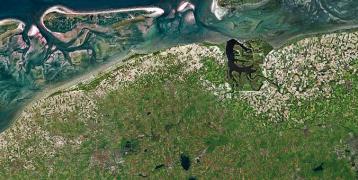Turn the lights off: mitigating the impact of artificial light
Light pollution, or the presence of excessive artificial lighting, is a global issue that negatively impacts humans and animals alike. More than 80% of the world's population lives under light-polluted skies. In Europe and the US, the figure rises up to 99%.
Changes in lighting technology have led to a diverse range of emerging low-energy light types and a trend towards the increased use of white light. In humans, nocturnal light disrupts sleep patterns or melatonin production. Animals are suffering too, migration patterns, wake-sleep habits, and habitat formation are all affected.
The EU has published a series of recommendations to reduce light pollution, and many cities have adopted a “Lights Out” program to turn off building lights during bird migration.
Almost a quarter of bat species globally are endangered and the key underlying threat to bat populations is pressure on resources from increasing human populations.
To protect bats, as well as other species, from the impact of light pollution, a new approach to lighting infrastructure, potentially supported by relevant legislative measures, has to be adopted. A good practice from France, presented as part of the Blue Green City project, shows an approach that seems to lead to a successful increase in local bat populations.
The right place at the right time
Métropole Nice Côte d'Azur lies in the southeastern part of France, washed by the Mediterranean Sea from one side and facing the mountains from the other. The metropolis comprises 51 communes and its rich cultural heritage and impressive natural surroundings make it a popular holiday destination.
There are twenty-nine chiropteran species present in the Nice Cote d’Azur territory, eleven of which are particularly sensitive to light disturbance (regional conservation status is very high for two species and high for four species).
The Metropolis initiated a study, in order to determine which bat-roosting areas are most impacted by artificial light. Eleven zones of light disturbance were identified, five of which have high-priority conservation status. The Metropolis started to work with the municipalities where the areas in question are located.
“Our aim was to find a balance between preservation of biodiversity and the need for lights in public spaces” explains Richard Chemla, vice president of Nice Côte d’Azur Metropolis, in charge of Health and Environment. “The municipalities we work with want to preserve biodiversity and health of their inhabitants. They are also keen to promote the observation of the starry sky”, adds Chemla.
Light pollution mitigation measures
A variety of light pollution mitigation measures has been deployed by different local authorities, following the recommendations of the French association “The Regional Bat Group”.
- Reduction of blue light: opting for yellow or amber LEDs, whose wavelengths are known to have a lower impact on species. On average, it costs between 700 and 1000 euros to change a LED.
- Reorientation of lights and changes in their height to limit the diffusion effect. The yellow or amber LEDs are oriented towards the ground, ensuring that the light does not illuminate vegetation, cliffs or rivers.
- Turning off streetlights – partially from 11pm to 5am, or even totally when possible. The cost of setting up this measure is approximately 100 euros per light point.
- Where lights are not switched off, reducing the lighting power by half in the middle of the night without this being visible to the population.
- Creation of light barriers to protect particularly sensitive zones.
“We apply the principle of ‘Lighting the right place, at the right time and when it is needed”, summarises Chemla.
The project has received support from the local population. “Many want to act to protect the climate and biodiversity and feel there is no point in having too much street lighting at night,” says Chemla.
Citizens are often pleased that they can sleep with windows open on summer nights without being disturbed by light from the street. To explain the project and ensure citizen engagement, the communes hold public meetings, organise guided walks to hear the bats at night, and publish articles in a local paper and on their website. So far, a citizen workshop, ten public meetings and seven guided walks were organised.
According to Chemla, the main factors that encourage the implementation are “the presence of the agents in the field, their knowledge of the territory and the work of consultation and awareness-raising carried out by the citizens or the elected representatives of the communes”.
Communes working with protected natural areas, such as Natura 2000, are usually more supportive of new biodiversity measures, often thanks to the presence of the Natura 2000 coordinator, with whom they work regularly.
New measures are always first implemented over a “test period” that “gives confidence to citizens and elected officials”, explains Chemla. Most of the resistance from the local population is linked to the fear of burglary or assault, however, experience shows that these fears are unfounded.
Light pollution mitigation - Before and after
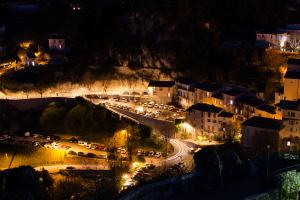
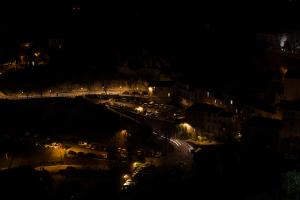
Protecting bats while saving energy
While energy savings were not the primary concern when implementing the measures, they are very much appreciated, with the recent increasing electricity prices.
Richard Chemla shares the up-to-date results, “in terms of energy savings, for the sixteen communes where we made the calculations (out of twenty-three communes committed to date), this represents a total of more than 1,500,000 kWh saved per year, i.e. more than 250,000 euros of savings per year simply with the partial switch-off measures.”
Regarding bats, a study in the commune of Cagnes-sur-Mer showed that the 11 p.m. to 5 a.m. blackouts enabled two rare and protected bat species (Lesser Rhinolophus and Natterer's Bat) to return to hunting in the blacked-out areas, which the lights previously made inaccessible for them.
Three other studies are underway in two municipalities to study the impact on bats, the results should be known next year. To measure the amount of returned bats, the "Vigichiro" protocol of the Paris Natural History Museum will be used. Ultrasonic detectors will be placed at strategic points to measure bat activity before the implementation of the measures and one year after the implementation. The results will be analysed and compared.
The Metropolis, which includes 51 municipalities, has so far initiated measures to combat light pollution in 23 municipalities, and 12 more municipalities have expressed the desire to work on the subject, including the city of Nice. “In the long term, we will also have to work on the impact of light pollution from advertisement and private lighting (company car parks, roof terraces, shop windows)”, adds Chemla.
He has also shared the main success criteria, “It is important to collaborate with environmental specialists who understand the landscape, are able to analyse data on fauna and flora and advise you on the priority sectors to work on. Cartographic modelling, which makes it easier to visualise actions, is also very helpful.”
Moreover, consultations and awareness-raising through activities, such as listening to nocturnal fauna, or sharing before and after photographs are equally important.
Policy Learning Platform events and resources
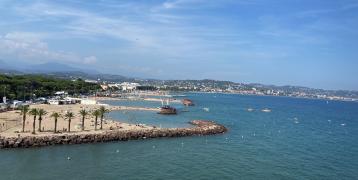
Natural and cultural heritage in coastal regions
On 27 October 2022 , the Policy Learning Platform is pleased to invite you to a workshop on natural and cultural heritage in coastal regions in Cagnes-sur-mer , France! What it will be about Coastal and marine regions are under numerous environmental and anthropogenic pressures , which have